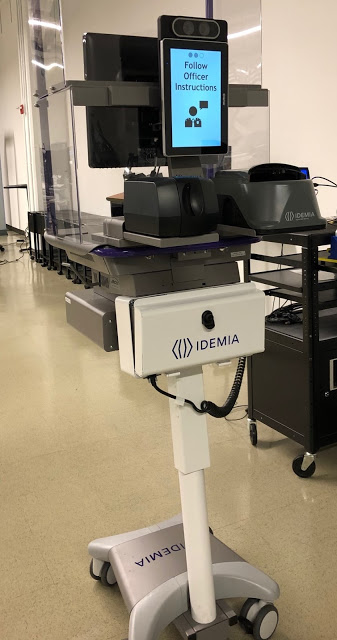Travel TipTuesday | Traveler's Self-Service Checkpoint
Touch-less Screening at Airports
The new technology being developed by the TSA (Transportation Security Administration) is aimed at promoting social distancing and reduces contact between passengers and officers. This is great news for future travel. It also stresses the importance of making sure that your passport is up to date and that you have a Real ID Drivers License. This new touch-less “self-service” technology matches a traveler’s live photo with the photo on their ID. The initiative automatically authenticates a traveler’s ID, matches the live photo with the image on their ID, and confirms their flight information in near real-time.

“In light of COVID-19, advanced health and safety precautions have become a top priority and part of the new normal for TSA,” said TSA Administrator David Pekoske. “As a result, we are exploring rapid testing and deployment of this touch-less, self-service technology. At the conclusion of the pilot, we expect to be able to determine how positioning the new technology will allow passengers to use it themselves thereby providing a safer checkpoint experience while adding significant security benefits.”
This pilot program is currently taking place at Ronald Reagan Washington National Airport (DCA). The pilot at DCA includes volunteer TSA PreCheck travelers, who generally have the shortest wait times and the least amount of physical contact while at a TSA checkpoint. Travelers at DCA are now able to voluntarily participate in the pilot.
Passengers will be able to approach the device and insert their own ID into the scanner for authentication, rather than physically handing it to a TSA officer, thus promoting social distancing and reducing physical contact. The device will also verify the identity of passengers by taking a photo of the traveler and comparing it with the image on their ID. The device will display results for face matching, ID authentication, and flight information to the TSA officer, who will be behind an acrylic shield to further minimize contact between the officer and passengers. The photo taken will not be saved, as there is no capacity to do so. The photographs are only used for identity verification to confirm that the photo matches the image on the traveler’s ID to ensure the passenger is the true bearer of an authentic ID.
This new technology will be used to authenticate U.S. Driver’s licenses and photo IDs issued by state DMV, U.S. Passports/Permanent Resident cards and visas, US Military and Retired and Uniformed military ID cards, and Dept. of Homeland Security Trusted Traveler ID cards.
